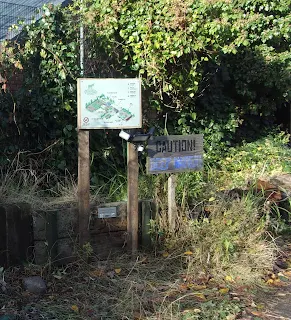My Hammersmith Riverside YouTube vlog is now live!
Link:-
Hammersmith Bridge is my favourite London bridge, was the first suspension bridge to be built over this river and dates back to 1827 (this bridge from 1887) but it is looking rather injured. The bridge has been targeted by the Irish Republican Army three times- in 1939, 1996 and 2000, and has suffered from additional structural problems over the years; so sometimes cars were allowed over it, sometimes buses only and sometimes nothing at all. It was simply not designed to take the volume of traffic now common to London. The Boat Race starts from Putney Bridge, which is the next bridge up, and passes underneath Hammersmith Bridge. I've seen the Boat Race start and, to be honest, there's nothing much to see!
The Blue Anchor pub, by the riverside, features in the end credits of 1980s favourite television series Minder and, in the film Sliding Doors it's where Helen (Gwyneth Paltrow's character) gets involved in some post-rowing celebrations. The next pub up, the Rutland Arms, often features in television drama series New Tricks, when the team of detectives indulge in their after-work drinks.
You will see the Dove, which dates from the early 18th century, and its front bar is the smallest public bar in the United Kingdom. The words for the 1740 song Rule, Britannia! are said to have been written here by James Thomson. The Old Ship pub is a building which is thought to date back to the reign of Charles I and apparently retains its porch from that time. The Black Lion has a bowling alley inside and this pub is said to be haunted by "the Hammersmith ghost" who's lurked in this area since 1803. He's a spectral, white-clad figure who's said to hang around the local churchyard springing out at women.
We finish off with a look at Chiswick Eyot; a tree and reed covered island in the Thames. The houses in Chiswick Mall have gardens which sit over the road, and I've seen this area totally flooded when the Thames has burst its banks, with water as high as the centre of the road.
As you know, I will always be a writer before anything else, and my Hammersmith blog contains more info, link:-
Remember to like and subscribe, and don't forget to follow my blog as well!
TTFN
The Miss Elaineous
XXXXXXXXXXXXXXXXXXXXXXXXXXXX
XXXXX
X
X






























































